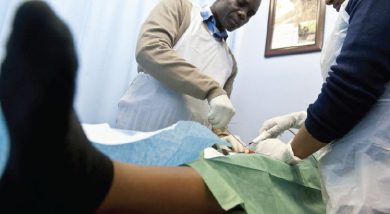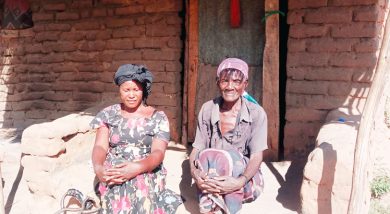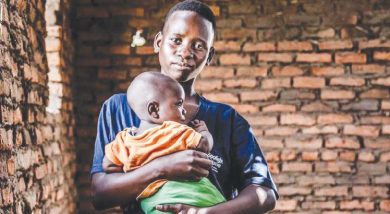Addressing HIV among the youth
The 2020 HIV epidemiological estimates paint a worrisome picture for the country’s youth.
Estimates by the National Aids Commission (NAC) indicate that 33 percent of all new HIV infections are among the youth aged between 15 and 25.
Besides, the statistics also show that 30 percent of young people in sub-Saharan Africa start having early sexual activity before the age of 17 which increases their risk of contracting the virus that causes Aids.

According to youth rights advocate Bridget Shumba, unprotected sex is the most common factor exposing Malawian youth to HIV. She says this mostly arises from lack of knowledge and limited access to information and services.
She also credits the increased new HIV infections among the youth to child marriages, cultural factors and peer pressure, among others.
Shumba explains: “Early sexual debut usually pities girls with experienced and aged partners, giving rise to age disparate sex. Age disparate sex is characterised by transactional arrangements where sex is literally purchased as a commodity.
“Lately, we have seen the emergence of terms such as ‘blessers’. What this entirely means is that there is exchange of sex for money and other material things. There are power balance issues which do not favour the weaker partner who is often the girl.”
While stressing that multiple sexual relationships are largely contributing to HIV infections among the youth, She says the situation is aggravated where condom use is consistently low.
Shumba further asserts that a fairly large proportion of young people are living with untreated sexually transmitted infections (STIs), adding that it is extremely hard for such people to seek treatment.
“Untreated STIs account for about 42 percent of HIV transmissions. As long as young people do not have access to convenient sexual reproductive health and HIV services, HIV infections will continue to rise among the youth,” says Shumba.
According to the Fifth Integrated Household Survey (5IHS) conducted by the National Statistical Office between April 2019 and March 2020, people aged between 15 and 64, constitute 51 percent of the country’s 17.6 million population.
NAC spokesperson Karen Msiska says anecdotal evidence has it that most adolescent girls and young women tend to fear pregnancy the most and as a result, they expose themselves to various STIs, including HIV.
He says: “Secondly, this group is [mostly] in higher education institutions and according to data captured in the HIV and Aids Strategy for Higher Education Institutions, there is a lot of sexual activity in these institutions.”
According to Msiska, the HIV and Aids Strategy for Higher Education Institutions is one of the initiatives designed to address the spread of the deadly virus in public and private colleges by strengthening response activities and reversing infection trends.
This is further buttressed by periodic visits for assessments and public lectures as well as response activities conducted by NAC.
This, Msiska adds, is also designed to assess the state of the response in line with the strategy as well as equip those involved with current information on the HIV and Aids epidemic.
“Thirdly, the Adolescent Girls and Young Women Strategy guides how the response should be conducted amongst this group, given that the overall goal of ending Aids as a public health threat by 2030 cannot be achieved if current trends are not addressed,” he adds.
Msiska further says since disparities between females and males aged 15 to 24 also point to the possibility of an outside age group infecting the females, there are certain programmes specifically targeting the elite who are key suspects.
He says that this seeks to achieve behavioural change among such men who are crucial in ending Aids as a public health threat by 2030.
He also urges them to stop using their money to entice young women and girls into transactional sex which escalates chances of HIV infections on the latter.
The estimates, however, come at a time when Ministry of Health figures show that HIV-related deaths and infections have dropped within a 10-year period from 2010 to 2021.
While HIV-related deaths dropped from 32 000 to 10 800, infections dropped from 56 000 to 19 000, representing 66 percent.
But even in the face of the drop, Health and Rights Education Programme executive director Maziko Matemba is of the view that there is minimal investment in the country’s HIV prevention strategy.
He says: “Looking at resources for HIV prevention, they have been reduced over time to about nine percent of the total HIV expenditure in Malawi.” Matemba also stresses that since HIV prevention is a continuous process, funding needs to be sustained over time bearing in mind that young people at most need prevention measures





